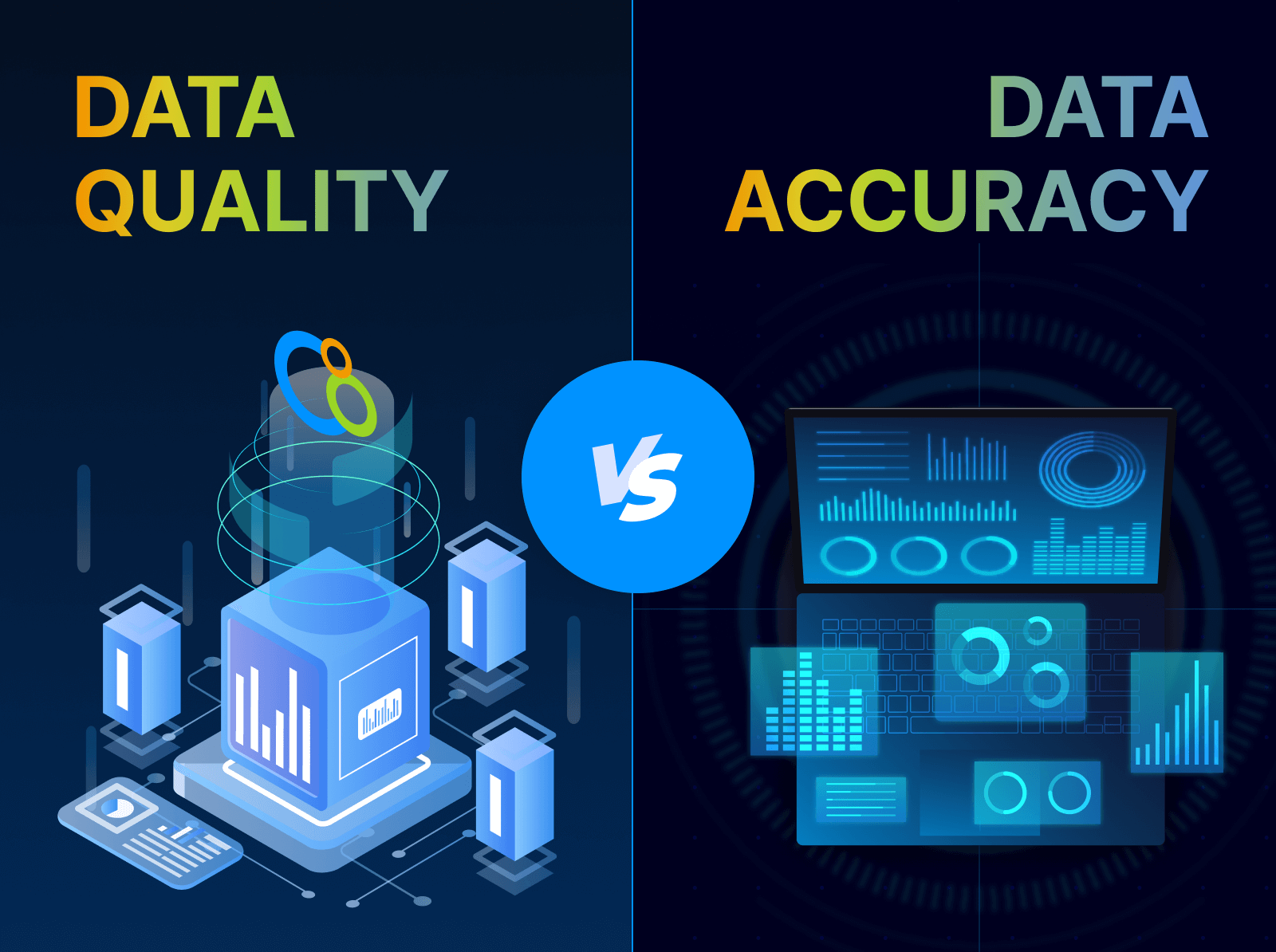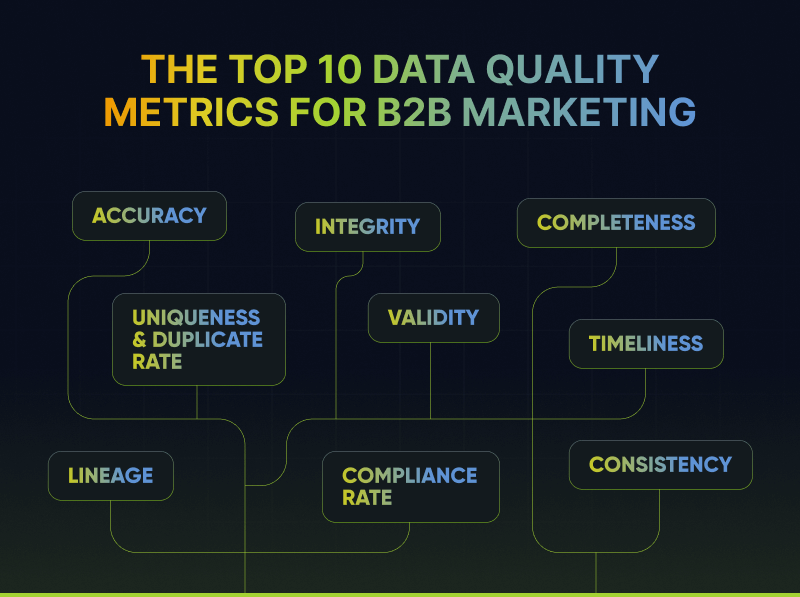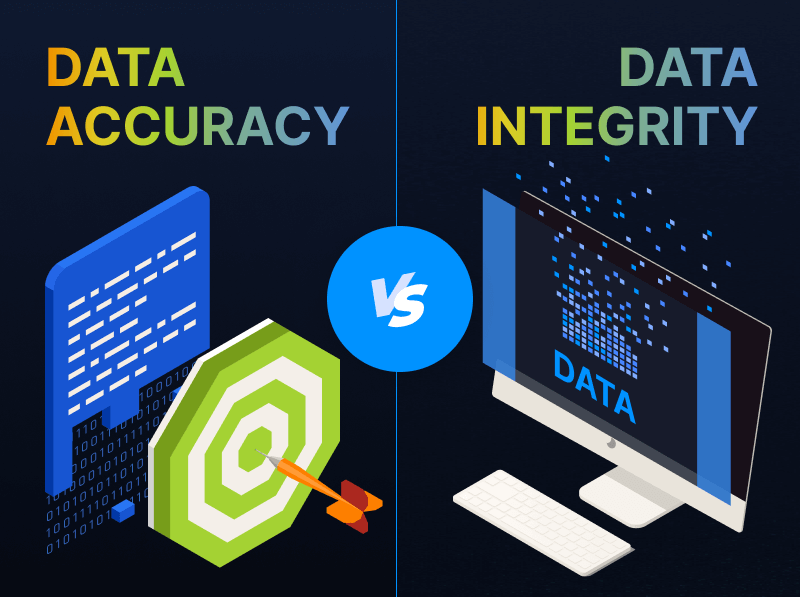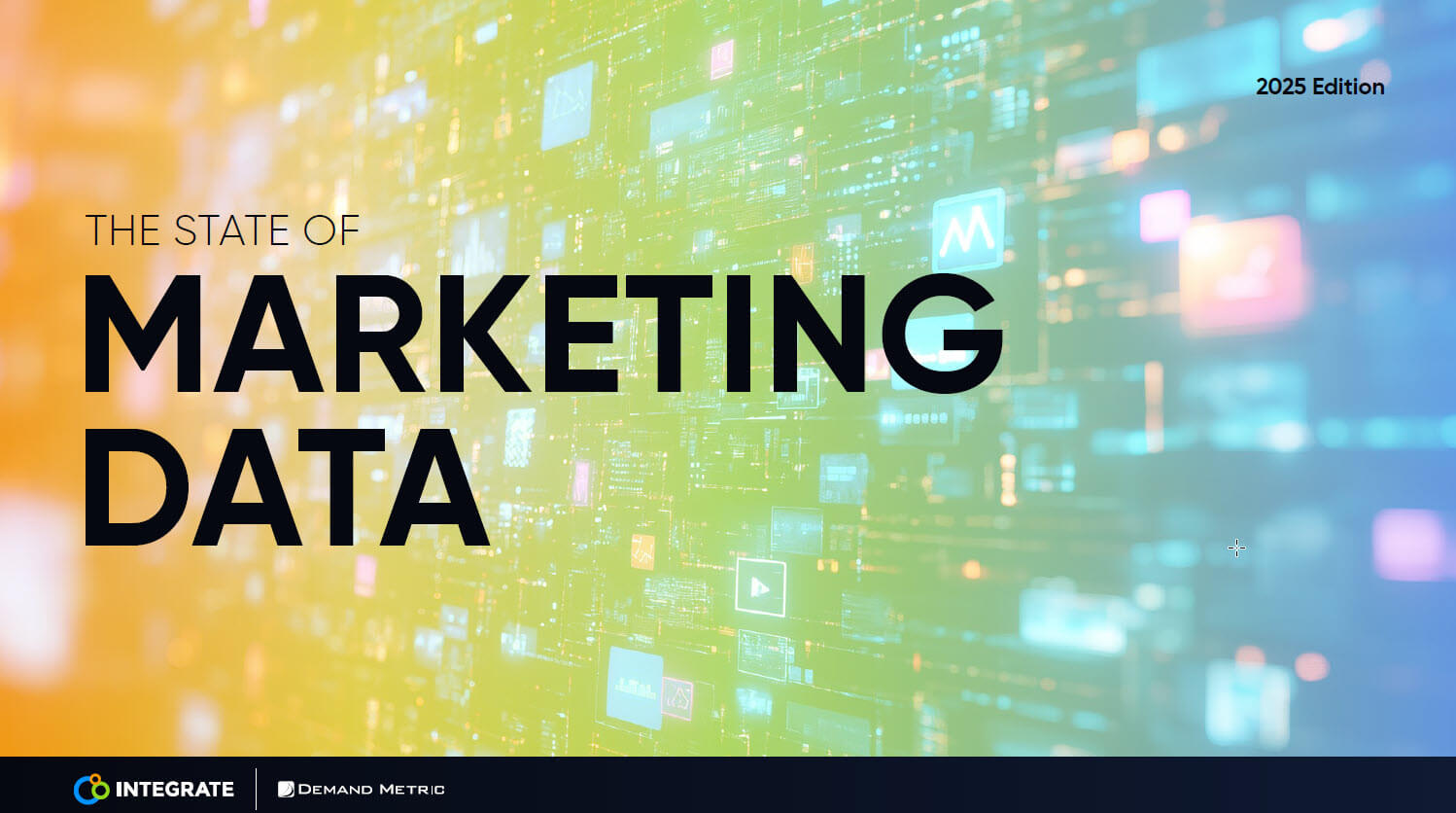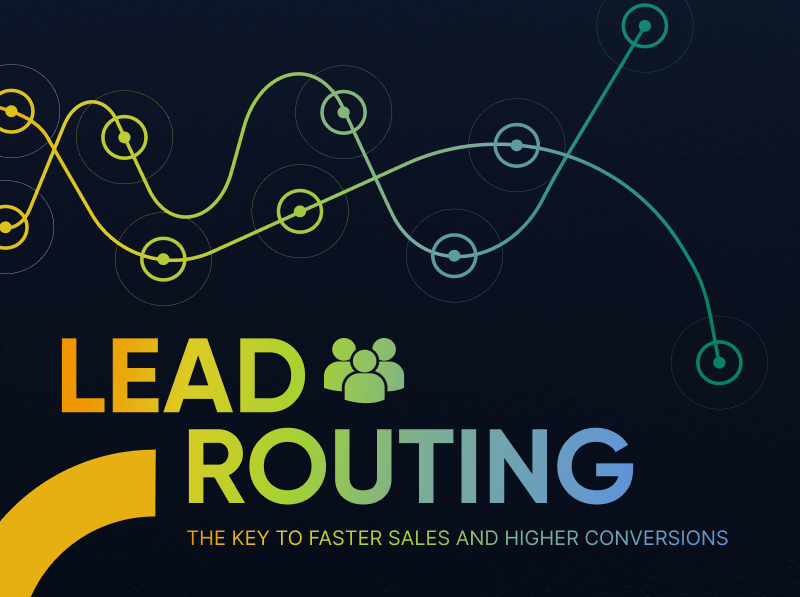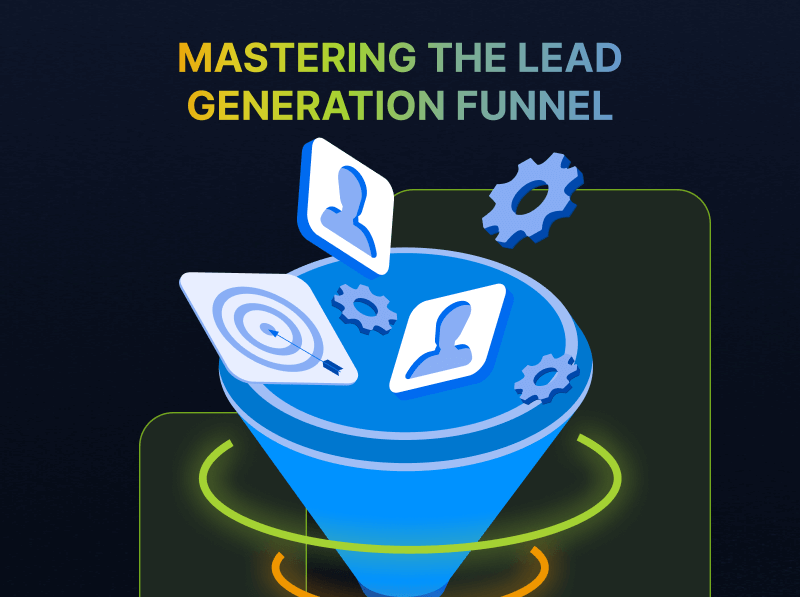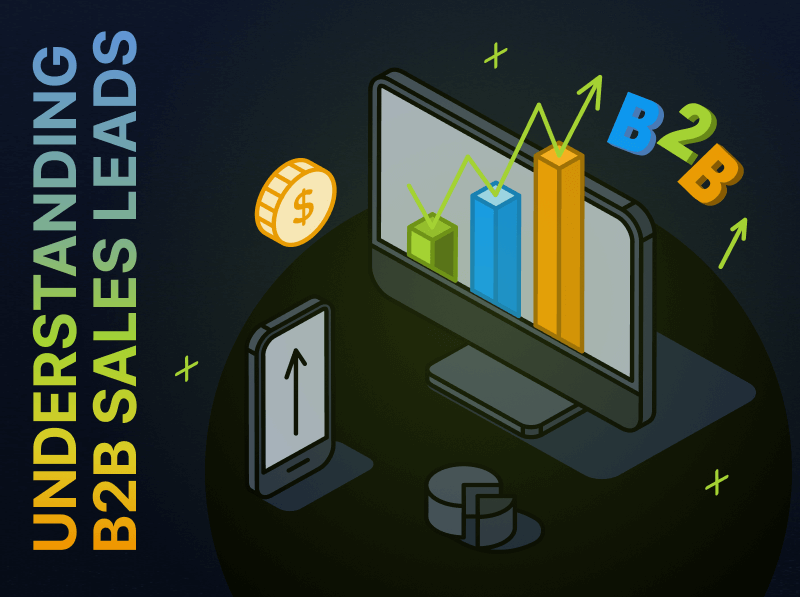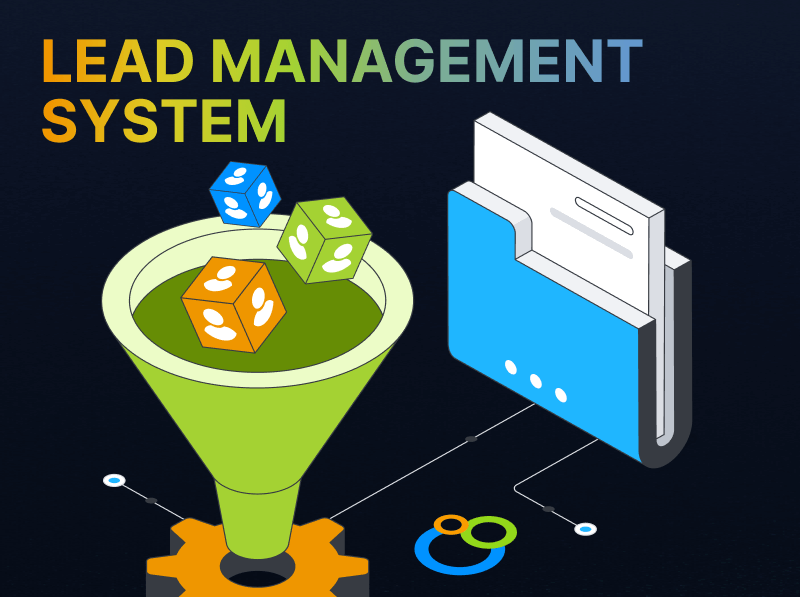Data Cleaning & Data Cleansing: Ingredients for Marketing Database Success
Data cleaning. Data cleansing. Can one letter make such a big difference? Yes and no. Many marketers throw these terms around interchangeably, but in marketing operations, precision matters. That’s the job.
So yes, one letter matters.
Case in point: If there were a misplaced letter—added, omitted, or incorrect—in the name of a lead or account in your marketing and sales database, you would 100% clean it. (Or cleanse it?) Agreed? Good.
Now let’s get nuanced on what data cleaning is, how data cleansing expands on it, and how marketers are making their data actionable by cleansing and cleaning it.
What Is Data Cleaning?
Think of data cleaning as the first line of defense—it ensures that only high-quality, usable data enters your system. Data firm P3 Adaptive defines data cleaning as, “Data cleaning, or ‘data scrubbing,’ involves removing or correcting data that is incorrect, incomplete, duplicated, or improperly formatted. This process is fundamental in data science, ensuring that datasets are pristine and reliable for analysis.” In other words, data cleaning is synonymous with data scrubbing and focuses on removing obvious errors before data gets into your database.
Data cleaning is like prepping ingredients for a salad:
Before making a great salad, you wash the vegetables, cook the chicken (or tofu if you’re vegetarian), and make sure all the ingredients are safe to consume. Likewise, data cleaning ensures your data is free of basic errors before it enters your system.
Data cleaning typically includes:
- Removing invalid characters or formatting errors (e.g., stripping whitespace, correcting misspellings).
- Fixing structural issues (e.g., merging different date formats into one standard format).
- Handling missing values (e.g., filling in blanks with defaults or discarding incomplete records).
- Removing duplicates (e.g., eliminating duplicate records caused by system errors or manual entry mistakes).
By cleaning your data upfront, you ensure that only high-quality records enter your database, preventing the accumulation of junk data that could compromise decision-making.
What Is Data Cleansing?
“On the other hand, data cleansing extends beyond mere cleaning, encompassing a broader scope that includes enriching data, ensuring compliance with data governance, and aligning data with business objectives.” P3 Adaptive nails it again. Data cleansing goes a step further by making sure the data is not just error-free, but also structured, enriched, and formatted for business use.
Data cleansing is like perfecting a salad:
Once you have clean ingredients, data cleansing is the process of dicing the tomatoes, grating the carrots, candy roasting the walnuts, and adding the perfect amount of balsamic vinegar and olive oil. It ensures that your data is not only clean but also complete, refined, and optimized for use in marketing, sales, and analytics.
Data cleansing typically includes core lead management functions:
- Standardization – Ensuring fields like job titles, industries, and company names follow a consistent format.
- Validation – Verifying that phone numbers, email addresses, and other contact details are real and accurate.
- Data harmonization – Aligning and merging data from different sources into a unified structure.
- Data compliance enforcement – Applying business rules to ensure compliance and consistency across all marketing and sales systems.
- Data enrichment – Filling in gaps with additional third-party or internal information to make records more complete and valuable.
Data cleansing ensures that data is not just free of errors, but also fully optimized for strategic decision-making, segmentation, and customer engagement.
While the nuances are close and we’re splitting hairs, some marketers (like us) care a lot about being deliberate and exact, while many others use these two words interchangeably. What really matters is the health, compliance, and actionability of your marketing and sales database. Marketers and revenue teams rely on data cleaning and cleansing to ensure high-quality lead and account records that drive business value.
Why Data Cleaning and Cleansing Matter
Data quality has a direct impact on marketing effectiveness, sales performance, and compliance. Yet, many organizations struggle with data integrity. Integrate surveyed marketers at B2B enterprises across the globe to learn:
- 52% of B2B marketers said poor data quality prevented the completion of one or more business initiatives.
- 91% of marketers take steps to improve their data, but 95% still deal with missing, incomplete, or duplicated records.
- Only 12% of marketers have high confidence in the accuracy of their data
- 70% of marketers report that poor data quality is their biggest marketing automation challenge.
Consequences of Poor Data Quality
Without clean and cleansed data, businesses experience:
- Wasted Marketing Spend – Campaigns target the wrong audience, leading to lower engagement and conversion rates.
- Expensive to Remedy – What could you do with $12.9 million? That’s the amount Gartner estimates bad data costs an organization between direct costs of fixing the data and indirect costs of reduced efficiency and lost sales.
- Impaired Buyer Journeys – Sales and marketing interactions become fragmented, reducing effectiveness and trust.
- Cross-Channel Inconsistencies – Disparate data sources create an incomplete view of customers, leading to poor decision-making.
- Compliance Risks – Unverified data increases the risk of regulatory non-compliance, particularly under laws like GDPR and CCPA.
- Damage Team Trust and Efficiency – The consequences of inaccurate lead data go far beyond financial consequences. Inaccurate lead data wastes time, undermines trust, and demoralizes sales teams, reducing overall effectiveness.
The Value of Clean Data
On the other hand, high-quality, structured data enables businesses to:
- Generate precise go-to-market segmentation for better targeting.
- Develop accurate account lists to personalize outreach effectively.
- Craft messaging that resonates with the right buyers at the right time.
- Measure and optimize campaign results with reliable insights
Maintaining clean data is about more than fixing errors—it’s about creating a competitive advantage. Clean and enriched data fuels smarter decision-making, more effective engagement, and ultimately, higher revenue.
Steps to Clean and Cleanse Your Data
Ensuring that your marketing and sales data shines is crucial for driving efficiency and accuracy. The process begins with eliminating obvious errors before data enters your system and continues with refining and enhancing data so that it aligns with business goals. Below are the essential steps to take.
Step 1: Audit Your Lead Data
Before making any changes, assess the current state of your data. Identify and document key issues such as missing values, duplicates, formatting inconsistencies, and outdated information. An effective audit helps you understand the extent of the problem and set priorities for cleaning and cleansing efforts.
Step 2: Standardize Fields
Standardization ensures that all data follows a uniform structure, making it easier to manage, integrate across systems, and analyze. Apply consistent formats for names, job titles, industries, phone numbers, and company names. For example, decide whether to use “VP” or “Vice President” universally. It’s up to you. Standardization improves segmentation and personalization in marketing efforts.
Step 3: Validate Information
Validation ensures that the data you’re working with is accurate and actionable. Use verification tools to check the legitimacy of email addresses, phone numbers, and company domains. Remove or flag invalid records so that inaccurate information doesn’t lead to wasted outreach efforts or compliance risks.
Step 4: Enforce Business Rules
Data governance is key to maintaining quality over time. Establish business rules for lead acceptance, rejection, and updating criteria. Implement compliance measures to align with regulations such as GDPR and CCPA, ensuring that consent and privacy policies are upheld. Regularly review and update these rules to adapt to changes in business needs and regulatory landscapes.
Step 5: Automate Data Cleansing
Rather than manually fixing data errors one by one, leverage automation tools such as data management platforms (DMPs) and lead management systems like Integrate. These tools handle real-time validation, standardization, and enrichment, allowing data to be clean and useful from the moment it enters your system. Automation also reduces human error and ensures ongoing data quality.
By following these steps, marketing and sales teams can maintain high-quality data that improves targeting, engagement, and conversion rates. Keeping your data both clean and cleansed helps ensure that your efforts are driven by accurate, compliant, and strategically valuable information.
Final Thoughts
Marketers can’t afford to ignore data quality. Whether you’re cleaning raw data for analytics or cleansing lead data for marketing and sales, precision is key.
💡 Key takeaway: Data cleaning ensures only usable data enters your system, while data cleansing takes it further by structuring, standardizing, and enriching data for strategic business impact.
Ready to cleanse your marketing lead data? Explore how Integrate automates lead data validation, governance, and compliance before bad data enters your system.
Sources:
- https://p3adaptive.com/what-is-the-difference-between-data-cleaning-and-data-cleansing/
https://www.gartner.com/smarterwithgartner/how-to-improve-your-data-quality
https://www.integrate.com/reports/the-data-cleansing-dilemma
https://www.integrate.com/infographics/mastering-marketing-data-cleansing-essential-but-challenging
https://www.integrate.com/blog/lead-management-system


